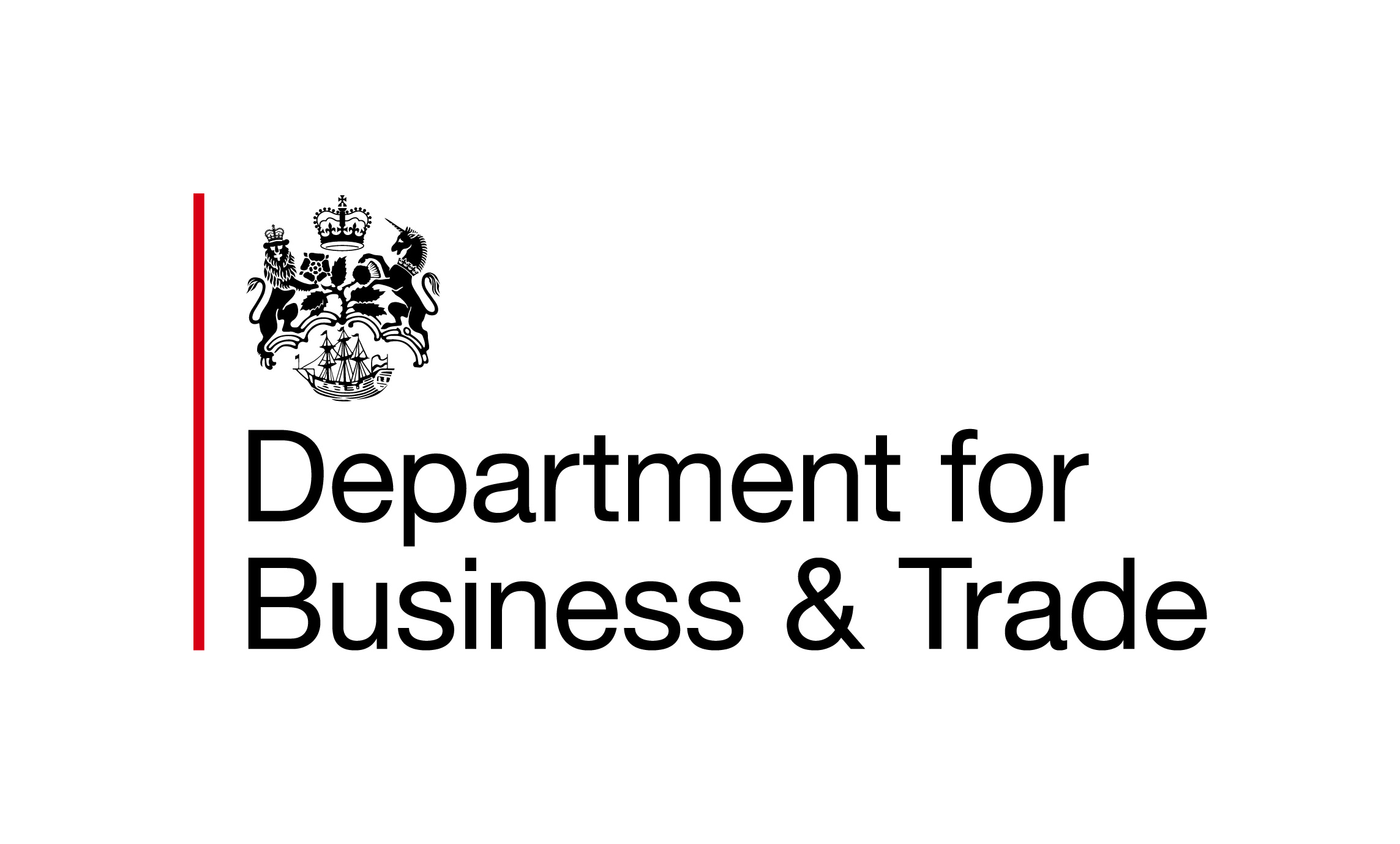Small firms and formal intellectual property protection: A paradox?
We know that firms use knowledge protection mechanisms to limit imitation and enhance their ability to appropriate the returns to their innovative investments.
Recent research at the ERC suggests that both formal (e.g. patents) and informal (e.g. secrecy) knowledge protection mechanisms are important for the innovation returns of small firms (those with fewer than 50 employees). Somewhat surprising though is our finding that small firms have more to gain from using formal protection methods than they do from using informal protection methods.Here’s the paradox: small firm returns to innovation are boosted more when firms use formal knowledge protection methods compared to informal methods, but many small firms fail to use formal protection because they face barriers which stop them doing so.
So what barriers to formal protection do small firms face? Typically, small firms have:
- Inadequate human resources to undertake the necessary groundwork needed for intellectual property (IP) acquisition
- Inadequate funds – particularly for patent acquisition
- Inadequate knowledge of IP rights and procedure
Over the years, there have been several attempts to identify the barriers to formal protection that small firms face. The Hargreaves Review of Intellectual Property in 2011[1] found that small firms have difficulty locating and gaining IP advice, and struggle with the costs associated with IP management. In 2015 the Federation of Small Businesses (FSB)[2] found that 25 per cent of firms surveyed experienced a violation of their IP within the previous five years. Half of these firms reported that a product had been imitated by a competitor; a third reported a copyright infringement; a third said that they had experienced trade mark infringements; and 44 per cent of firms that spent money on IP didn’t think it to be a worthwhile investment.
In response to these findings, we’ve seen an improvement in the IP guidance and support available for start-ups and small firms. The UK Intellectual Property Office (UKIPO), for instance, provides free training, case studies, short guides and even an online IP health check to get firms started.
In moving forward, we need to find new ways of encouraging small firms to ‘think differently’ about their IP and protection. It is likely that start-ups and small firms in the UK would benefit from a new financial incentive – an IP-voucher scheme similar to that which operates in Austria, for example, where 80 per cent of firms’ patent-application costs are absorbed, encouraging start-ups and small firms to protect their IP using patents.
The introduction of utility model protection (or petty patents / innovation patents), used by a small but significant number of countries and regions, may benefit small firms in the UK. Similar to a patent, a utility model is an exclusive right granted for an invention. The registration process is significantly simpler, faster and cheaper than for patents. The innovation patent, recently launched in Australia, was introduced as a result of extensive research into the needs of small and medium-sized enterprises, with the aim of providing a low-cost entry point into the intellectual property system.
As well as small firms being encouraged to think differently about their IP, governments and policy makers should also be encouraged to think differently. Globally, the IP system is fragmented and would benefit from IP co-ordination offices at national levels. By co-ordinating and monitoring the enforcement of formal IP rights, national offices could work with the courts and customs authorities to exchange information and experiences between countries. The promotion of an effective, co-ordinated enforcement system would encourage small firms – and firms of all sizes – to use formal IP protection; they would view it as a worthwhile investment.
In the push towards further policy change, more research is needed to determine the value of formal IP protection to small firms. Here at the ERC, we aim to be part of that ‘push’ in our up-coming research programme. New research will see us use data on firms’ holdings of trade marks, patents and registered designs to examine the performance effects of small firms’ formal IP protection strategies.
Jo Turner
[1] Hargreaves, I. (2011). Digital opportunity: A review of intellectual property and growth. http://www.ipo.gov.uk/ipreview-finalreport.pdf
[2] FSB (2015). Key to the knowledge economy: Making the most of small business intellectual property. Report by the Federation of Small Businesses, May 2015, https://www.fsb.org.uk/docs/default-source/fsb-org-uk/pressroom/key-to-the-knowledge-economy-making-the-most-of-small-business-intellectual-property-(1).pdf?sfvrsn=1
Please note that the views expressed in this blog belong to the individual blogger and do not represent the official view of
the Enterprise Research Centre, its Funders or Advisory Group.











